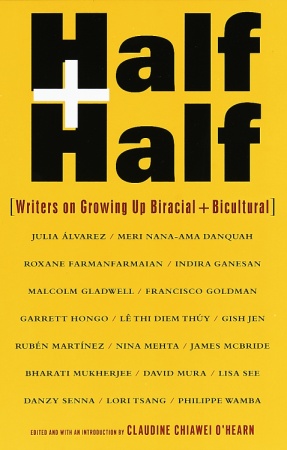Legal Transplants: Slavery and the Civil Law in Louisiana
University of Southern California Legal Studies Working Paper Series
Working Paper 32
May 2009
37 pages
Ariela J. Gross, Professor of Law and History
University of Southern California Law School
Can Louisiana tell us something about civil law vs. common law regimes of slavery? What can the Louisiana experience tell us about a civil law jurisdiction “transplanted” in a common-law country? Louisiana is unique among American states in having been governed first by France, then by Spain, before becoming a U.S. territory and state in the nineteenth century. Unlike other slave states, it operated under a civil code, first the Digest of 1808, and then the Code of 1825. With regard to the regulation of slaves, these codes also incorporated a “Black Code,” first adopted in 1806, which owed a great deal to both French and Spanish law. Comparisons of Louisiana with other slave states tend to emphasize the uniqueness of New Orleans’ three-tier caste system, with a significant population of gens de couleur libre (free people of color), and the ameliorative influence of Spanish law. This reflects more general assumptions about comparative race and slavery in the Americas, based on the work of Frank Tannenbaum and other historians of an earlier generation, who drew sharp contrasts between slavery in British and Spanish America. How does the comparison shift if we turn our attention away from slave codes, where Tannenbaum focused, to the “law in action”? At the local level, one can see the way slaves took advantage of the gap between rules and enforcement, and to fathom racial meanings at the level of day-to-day interactions rather than comparisions of formal rules. This essay surveys three areas of law involving slaves – manumission, racial identity, and “redhibition” (breach of warranty) – to compare Louisiana to other jurisdictions, and particularly to its common-law neighbors.
…The first major slave codes in the North American colonies date to 1680-82. They draw numerous distinctions on the basis of race rather than status, including laws against carrying arms and against leaving the owner’s plantations without a certificate. A penalty of thirty lashes met “any Negro” who “lift up his hand against any Christian.” In 1691, English women were fined for having a bastard child with a negro. In 1705, all mulatto children were made servants to the age of 31 in Virginia; Maryland and North Carolina adopted the same rule within the next several decades.
By the time the U.S. became a republic, only those of African descent were slaves, and all whites were free. Yet there were a significant number of individuals and entire communities of mixed ancestry with ambiguous racial identity along the Eastern seaboard. In the southeast, Indian tribes both absorbed runaway slaves and, in the late eighteenth century, adopted African slavery. In addition to the 12,000 people designated in the Census as “free people of color” in Virginia, there were 8000 in Maryland in 1790, 5000 in North Carolina, 1800 in South Carolina, and 400 in Georgia…
Read the entire paper here.
